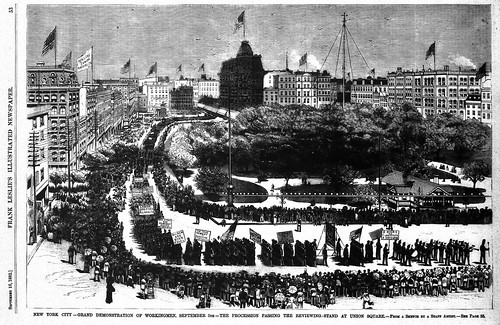Great Fire of London ends: Ten thousand buildings, including Old St Paul’s Cathedral, are destroyed, but only six people are known to have died.
The Great Fire of London was a major conflagration that swept through the city of London, England, in 1666. It is one of the most significant events in the city’s history and had a profound impact on the urban development and architecture of London.
Timeline: The fire began on September 2, 1666, and continued to burn until September 6, 1666. It started in a small bakery on Pudding Lane, near London Bridge.
Causes: The exact cause of the fire remains uncertain, but it is believed to have been triggered by a small fire that broke out in Thomas Farriner’s bakery. The strong winds and the city’s tightly packed, wooden buildings made it easy for the fire to spread quickly.
Rapid Spread: The fire spread rapidly due to several factors. The buildings in London at the time were mostly made of wood and thatch, which were highly flammable. Additionally, a prolonged dry period had left the city’s wooden structures particularly susceptible to ignition.
Efforts to Contain: Efforts to contain the fire were hindered by a lack of organized firefighting infrastructure. The city had no professional fire brigade, and firefighting was largely the responsibility of individual property owners. The narrow streets also made it difficult for firefighters to access the fire.
Destruction: The Great Fire of London consumed a large portion of the city, including approximately 87 churches, 13,200 houses, and numerous public buildings. The fire destroyed many of London’s medieval and Tudor buildings.
Casualties: Despite the extensive destruction, relatively few lives were lost in the fire. Officially, only six deaths were recorded, although the actual number may have been higher.
Reconstruction: After the fire, London was rebuilt under the direction of architect Sir Christopher Wren. His plans called for wider streets, buildings made of brick and stone instead of wood, and the creation of public spaces. St. Paul’s Cathedral, one of London’s most iconic landmarks, was constructed as part of this rebuilding effort.
Legacy: The Great Fire of London had a lasting impact on the city’s architecture and layout. Many of the changes implemented during the reconstruction period continue to shape London’s urban landscape to this day.
Commemoration: The fire is commemorated each year on September 2nd with the ringing of bells at St. Magnus-the-Martyr Church near the site where the fire began.


